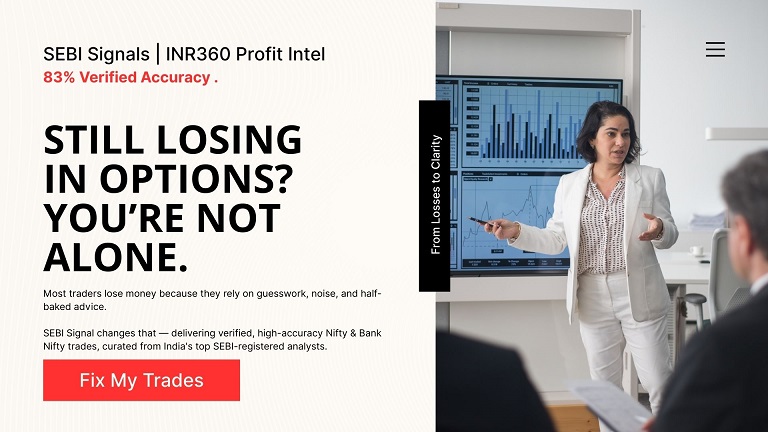Mumbai, India – A simple mistake cost a trader crores in losses after a decimal point misplacement turned his routine Vodafone Idea options trade into a financial nightmare.
The Blunder That Shook the Market
In a shocking case of what traders call a “fat-finger error,” an options trader attempting to buy Vodafone Idea call options at ₹0.10 per lot mistakenly placed the order at ₹10 per lot—a hundredfold increase. What was supposed to be a ₹5 lakh trade quickly ballooned into a staggering ₹5 crore position.
To make matters worse, the order was immediately executed. Since the trader’s bid was far above the prevailing market price, eager sellers quickly filled the order, leading to a huge position before the trader could react. Within minutes, the contract’s price adjusted back to its fair market value, leaving the trader with crippling losses running into multiple crores.
How Did This Happen?
While decimal errors in trading are rare, they can have catastrophic consequences, as seen in this case. Here’s a breakdown of what went wrong:
- Manual Entry Error: The trader intended to enter ₹0.10 per lot, but mistakenly typed ₹10 per lot—a simple yet disastrous misstep.
- No Safeguards in Place: Some trading platforms lack additional confirmation prompts for unusually large orders, allowing such errors to go through.
- Auto-Execution at Market Price: Since the entered price was significantly higher than the market price, all available sellers instantly executed the order, filling it at an artificially inflated rate.
This case is not an isolated incident. Similar fat-finger trades have occurred in the past, causing massive financial losses for traders.
The Fallout – How Much Did He Lose?
While the exact loss amount is yet to be confirmed, market estimates suggest that the trader could have instantly lost 70-90% of his capital, depending on the liquidity and price correction after the order was executed. Given the size of the order, even a minor price fluctuation could translate into a loss of several crores.
Lessons for Traders – How to Avoid This Disaster
This blunder serves as a harsh wake-up call for retail and professional traders alike. Here are some key takeaways to prevent similar mishaps:
1. Always Double-Check Orders Before Execution
A single misplaced decimal can wipe out years of earnings. Before confirming a trade, review the order size, price, and total exposure.
2. Use Limit Orders, Not Market Orders
A market order executes at the best available price, but a limit order allows traders to set a maximum buy price (or minimum sell price), reducing the risk of unwanted price spikes.
3. Enable Broker Safeguards
Some brokers allow traders to set:
- Order size limits (to prevent mistakenly placing oversized trades).
- Pre-trade confirmation prompts (to verify large or unusual orders).
4. Trade with Risk Management in Mind
Even professional traders make mistakes. Never put all your capital at risk in a single trade. Diversifying positions and using stop-loss mechanisms can prevent catastrophic financial damage.
The Bigger Picture – Fat-Finger Errors in Market History
This case is reminiscent of several other high-profile fat-finger trades in global markets:
- 2012 Knight Capital Crisis: A trading algorithm glitch led to $440 million in losses within 30 minutes.
- 2015 Japanese Trader Blunder: A trader accidentally placed a $617 billion order, which was later canceled before execution.
- 2023 Sensex Options Error: A retail trader mistakenly placed a call option at ₹209 instead of ₹4, leading to a ₹78 lakh loss.
While most of these errors result in losses for individual traders, sometimes they can shake entire financial institutions.
Final Thoughts – A Costly Lesson in Precision
Trading, especially in highly leveraged derivatives like options, requires utmost precision. Even the smallest mistake—like misplacing a decimal—can wipe out an entire trading account in seconds.
As markets grow more complex, brokers and exchanges may need to introduce more protective mechanisms to prevent such costly errors. Until then, traders must rely on their own diligence to ensure that they don’t become the next victim of a devastating fat-finger trade.
You Might Also Be Interested in: Trump Tariffs: Trump Vows Reciprocal Tariffs Against India and China From April 2 – What It Means for Global Trade



